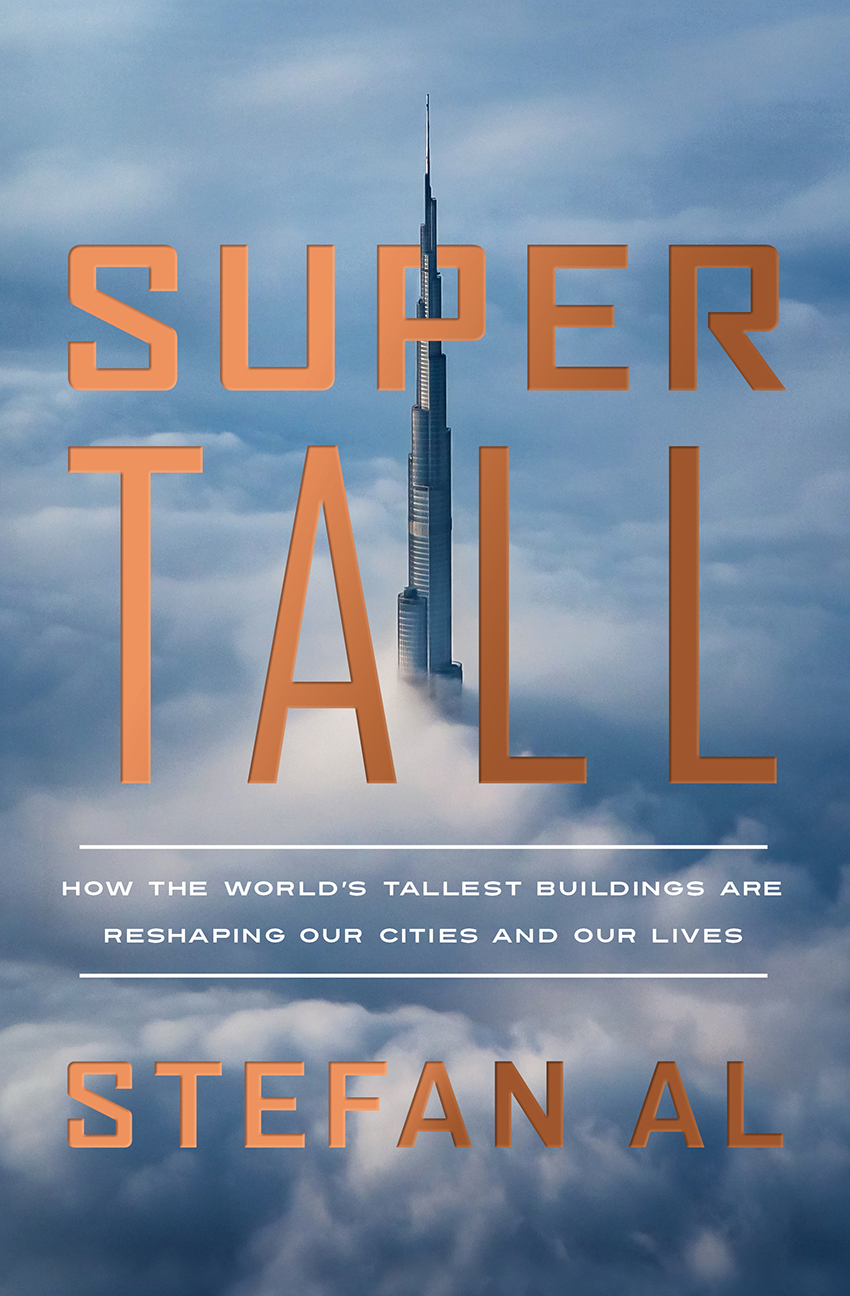By Ray Bert
Supertall: How the World’s Tallest Buildings Are Reshaping Our Cities and Our Lives, by Stefan Al. New York City: W.W. Norton & Co. Inc., 2022; 320 pages, $30.
Move over, “skyscraper,” you are so 1930s. As we approach the 2030s, we’ve entered the age of the “supertall” building.
The 452 m tall Petronas Towers in Kuala Lumpur, Malaysia, were lavished with attention when completed in 1998, both for their aesthetics and in no small part because they ended the quarter-century reign of the Sears Tower (now the Willis Tower) as the tallest building in the world. But Petronas’ reign lasted a mere six years and has since been surpassed in height by a total of 16 structures, including eight completed in the last five years alone. More than a dozen others are currently under construction and likely to be added to that list within the next five years.
The Council on Tall Buildings and Urban Habitat defines a “supertall” building as one that exceeds 300 m. Author Stefan Al notes that in 1996 only scant handful of buildings met that criterion, while today more than 170 do. He notes that currently, roughly a dozen more are completed each year in cities all over the world. His book, Supertall, aims to answer why this unprecedented explosion is happening now, including the technologies that are making it possible, and what effects these massive structures have on cities and people.
“Most civilizations have an innate desire to reach toward the sky, to build the world’s biggest buildings, like the ancient Egyptians built pyramids. … But each society has its constraints,” Al writes, citing past examples when technology lagged vision, suburbanization became more fashionable than urbanization, or resources were simply scarce. “Only rarely do all forces align that enable a society to construct unprecedented buildings. When they do, we call it a golden age. … Now we are witnessing another golden age.”
Specifically, Al points to “a convergence of two trends: the acceleration of technological progress and new societal preferences” as the drivers of this golden age of supertalls. Technology is allowing architects, engineers, and urban planners to realistically set their sights ever higher. Specific developments include, for example, ever-stronger and lighter concrete, smart sensors to better control ventilation and light, and machine-aided manufacturing that aids in the creation of more sophisticated curvilinear shapes to reduce wind loads.
Meanwhile, what Al calls the current “urban renaissance,” as city populations continue to increase worldwide, is ensuring that demand for taller buildings and denser development will continue to rise.
Al is an ideal guide through this new skyscraper boom, its drivers, and its risks. He is a licensed architect with a variety of high-profile projects to his name, including the 604 m tall Canton Tower in China that is currently the fifth-tallest freestanding structure in the world, has a Ph.D. in urban planning, and has authored three previous books on planning and architecture topics.
As Al points out, the sheer scale of such tall buildings — essentially small, self-contained cities themselves, with all the complexities that entails — means that they are fundamentally different from “regular” buildings. And as they grow ever taller and house more and more people through improved technology, the complexities of services and interactions and space usage multiply.

“As designers are drafting these vertical cities within cities … they are also engineering new ways of living, working, and recreating,” Al writes. “They are asking themselves the difficult question of how to design spaces for social interaction. … They need to design the tallest structures while also humanizing them, making sure they don’t overwhelm the streets below.” On top of this list, Al also adds considerations related to social inequity and improving the environmental sustainability of “building supertall.”
Supertall is a towering success. It is divided into two parts, dubbed simply Technology and Society, and draws heavily on actual examples from specific buildings and cities, past and present — not just theoretical musings — to discuss the ways in which these buildings that we shape, shape us.
Sprawling in its ambition to throw its arms around the “how” and the “why” (not to mention the “should?”) and written in an authoritative yet conversational style, this book is pitched perfectly to draw the reader toward exploring those questions.



